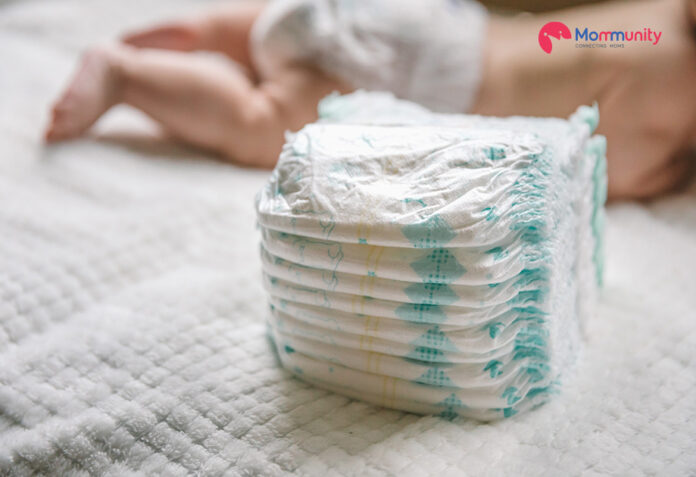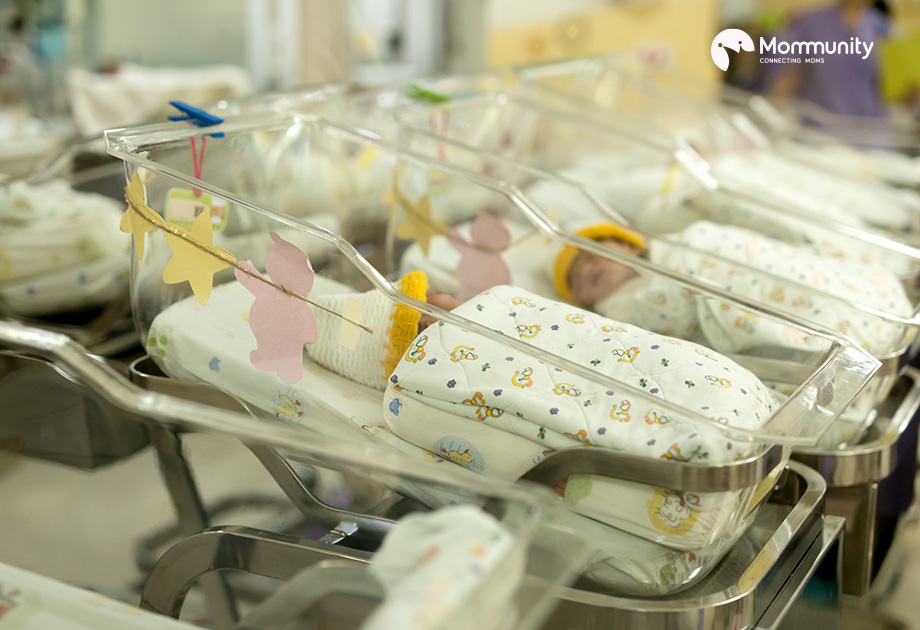Are you expecting a baby soon? Are you feeling overwhelmed by everything you need to prepare for your baby’s arrival? It’s completely normal to feel that way, especially when you consider how many diapers a baby uses in a lifetime. How many will you actually need? Don’t worry; we are here to help!
Let’s dive into the world of diapers and explore the factors that will influence your baby’s diaper usage. By the end of this article, you’ll have a realistic estimate for your baby’s first year and feel more confident in your diapering decisions.
Shedding Light on Diaper Numbers
Accurately predicting your baby’s diaper needs can be tricky. Factors like age, weight, feeding habits, and even diaper brands can influence diaper frequency. However, some general benchmarks can help you prepare:
-
Newborn Stage (0-3 Months)
Brace yourself for peak diaper usage! Newborns are notorious for filling diapers frequently, averaging 8-10 diaper changes per day. This translates to roughly 240-300 diapers a month. Their tiny bladders and digestive systems are still developing, leading to frequent urination and bowel movements.
-
Early Infancy (4-6 Months)
As your baby’s digestive system matures and feeding schedules become more regular, diaper changes may decrease slightly to 6-8 per day. This translates to approximately 180-240 diapers a month.
-
Mid-Infancy (7-12 Months)
You might experience a welcome diaper reduction during this stage. Your baby may sleep through the night more consistently, and diaper changes could drop to 5-7 per day, roughly 150-210 diapers a month.
-
Considering Elimination Communication (EC)
Some parents choose to practice Elimination Communication (EC), where they learn their baby’s cues to eliminate and hold them over a potty or designated area. While EC may not eliminate diapers entirely, it can potentially reduce diaper usage, especially for pee.
Beyond the Averages: 4 Factors to Consider
Remember, these are just averages. Several factors can influence your baby’s individual diaper needs:
- Baby’s Size and Build
Bigger babies may need more diapers due to increased bladder capacity and waste output.
- Feeding Habits
Breastfed babies tend to have more frequent, but looser stools compared to formula-fed babies. This may affect diaper change frequency.
- Diaper Brand and Quality
More absorbent diapers may require fewer changes, while budget-friendly options might need changing more often to prevent leaks.
- Health Conditions
Certain medical conditions can impact bowel movements and urination frequency. Consult your pediatrician if you have any concerns.
Beyond the Basics: Choosing the Right Diaper
Now that you have a better idea of your baby’s potential diaper needs, let’s explore some additional factors to consider when choosing diapers:
- Material
Disposable diapers are primarily made of absorbent materials like cellulose and sodium polyacrylate. Cloth diapers come in various options like cotton, hemp, or bamboo. Consider factors like comfort, absorbency, and ease of use when making your choice.
- Leak Protection
Leaks are every parent’s nightmare. Look for diapers with features like leak guards and snug-fitting leg cuffs to minimize leaks and blowouts.
- Breathability
Good airflow helps prevent diaper rash. Choose diapers with breathable materials that allow moisture to wick away from your baby’s skin.
- Fastening System
Disposable diapers come with various fastening options like tabs or velcro closures. Choose a system that’s easy to use, especially during late-night diaper changes.
- Environmental Impact
Disposable diapers contribute to landfill waste. Cloth diapers are a more eco-friendly option but require additional laundry and effort. Consider your lifestyle and environmental concerns when making your decision.
Diapers come in various sizes to accommodate your growing baby. An improper fit can lead to leaks and discomfort. Look for size charts based on your baby’s weight and adjust as needed. A snug but comfortable fit around the legs and waist is ideal.
The diaper phase may seem daunting, but it’s a precious time of bonding and learning with your little one. With a little preparation and the right diapering essentials, you can navigate this stage with confidence.
Remember, every baby is unique, and their diapering needs will evolve over time. Don’t be afraid to experiment with different brands and sizes to find what works best for your baby and your family.
The Bottom Line: Budgeting for Diapers
With all these variables, how many diapers should you actually stock up on? Here’s a practical approach:
- Start with a moderate stockpile
Aim for a 1-2 month supply for newborns (considering the higher usage) and adjust as your baby grows.
- Buy in bulk (when on sale)
Purchasing larger packs of diapers when they’re on sale can save you money in the long run.
- Consider cloth diapering
Cloth diapers are an eco-friendly and potentially cost-saving option in the long term. However, they require more laundry and upfront investment.
- Factor in wipes and diaper rash cream
These additional supplies are essential for diaper changes.
While diaper explosions might seem like rare occurrences, they’re a reality of parenthood. It’s wise to have a few extra diapers on hand to handle these messy situations.
The diaper phase is a temporary, albeit messy, chapter in parenthood. By understanding your baby’s needs and planning accordingly, you can navigate this stage with confidence. Remember, there’s no shame in seeking advice from experienced parents or pediatricians.
Did you have a different diaper experience with your baby? Share your tips and tricks in the comments below! Let’s build a supportive community for new moms and dads.
FAQs:
- How often should I change my baby’s diaper?
Change your baby’s diaper whenever it feels wet or soiled to prevent diaper rash.
- What are the signs of a diaper rash?
Redness, irritation, and soreness on your baby’s bottom are signs of diaper rash. Consult your pediatrician if you suspect a rash.
- Should I wake my baby to change their diaper at night?
Generally, nighttime diaper changes aren’t necessary unless your baby seems uncomfortable. Let them sleep soundly!
- When will my baby potty train?
Every child develops at their own pace. Most children show signs of potty training readiness between 18-24 months.




